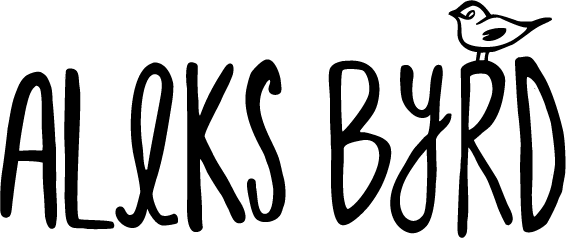Traveling over land and sea, back and forth
The origins of Fair Isle knitting are well discussed with many books written on the subject. Many knitters, including myself (there is much debate in modern knitting communities over what is authentic "Fair Isle" as I noted in my post "Tradition in Knitting"), have called stranded colourwork knitting "Fair Isle" which is an isle part of Shetland. While Fair Isle knitting has a more name recognition than other knitting traditions in the region, it is the countries that don't have the same recognition that were the origin of motifs in this knitting style. Reading "Alice Starmore's Book of Fair Isle Knitting" introduced the origin theory that stranded colourwork knitting and it's motifs came to Fair Isle from the Baltics (particularly Estonia and Latvia) via trade routes. Shelia McGregor expands upon this theory in her book "Traditional Fair Isle Knitting". McGregor relays that the origins a recorded and shred by a "folk memory" :
Their story is that a sailor, a Fair Isle man, brought home a shawl which had patterns which the Fair Isle women tried to knit, with considerable success. From then on they are said to have continued to knit the same patterns, adding other and adapting them 'to almost the present day' (which in this story was 1945). (pp.19)
This "folk memory" story is rather romantic but also seems very realistic. This story likely supports the idea of patterns come via sea trade routes like other commodities. I always thought that the sea was the way these patterns travelled because that is how most trade was conducted in this region. However, land trade also occurred.
Such patterns could have arrived in Shetland from the Baltic both by diffusion overland through Finland and Norway (the old glove and mittens patterns probably went this way), and the direct imports into Shetland of patterned Baltic knitwear (pp.21).
This passage really tied together several countries that I'm looking at together neatly;
Of equal interest is the fact that stranded knitting in bright colours was well developed in the Baltic states long before it reached its heyday in Shetland. It may well have predated the Fair Isle innovation as well. Intricate allover jerseys were knitted in Estonia, with patterns very similar to those developed in recent years in Whalsay. Mitten, glove and stocking patterns exist in huge numbers, which indicates a long-standing tradition. Estonia, for example, has hundreds of mitten patterns, compared with a few dozen in nearby Finland and a small handful in distant Shetland and Norway (pp 21).
I do find it interesting that McGregor uses the term "innovation" to refer to Fair Isle knitting style considering that it is a reinterpretation and modified version of other traditions, such as Estonia, noted in the passage. I'm curious what the author's background is, which may correlate to her word choice.
While most theories and arguments I have read support the general spread of motifs and style throughout the nordic region from east (Estonia) to the west (Shetland), McGregor offers a new and reverse flow of a certain motif (pp. 22).
The larger OXO patterns are very much more complex than any found in Norwegian folk textiles, whether knitted or woven. It does indeed seem that Shetland has provided inspiration and stimulus to the knitting traditions of Scandinavia rather than the other way around (pp. 22).
This is an interesting concept and not one I have come across before. It brings to light what is unique to Shetland.
Another thing that is predominately seen in (and unique to) Shetland and Fair Isle knitting is the striping of motif patterns and changing coloured stripes. McGregor offers this explanation to this constant change in motif and colours,
"It also rings very true to anyone who knows modern Shetland knitters and their strong aversion to repeating a design. It is unlikely, to say the least, that any Shetlander (which by definition includes any Fair Islander) would be content to knit the same pattern in the same layout over hundreds of years...The date of this development in stranded knitting, which has led to what has been called Fair Isle knitting of one kind or another becoming familiar to people all over the world, was probably around 1850s (pp.20).
It is interesting to see with in such a wide field like stranded knitting to begin to find aspects that are unique to a certain place. Going through the various versions and takes on the history and origins of this knitting style and its motifs, every culture wants to find a way to tie themselves to being the originators of some aspects or specific motif. This generally seems to be accepted since there are very few people with in the field who are looking at the similarities and historical spread beyond the confine of a very small region or specific country.
References:
McGregor, S., (2003). Traditional Fair Isle knitting. Mineola, N.Y. : Dover.
Starmore, A., (2009). Alice Starmore's Book of Fair Isle Knitting. Mineola, New York: Dover Publications
